“I wept when I saw reports on the news of Christians crucified in a certain country.”
—Pope Francis, homily at morning Mass Friday, May 2, in the Domus Santa Marta chapel in the Vatican, where Francis lives. He was referring to the cruxifixion of two men in Syria by rebel forces.
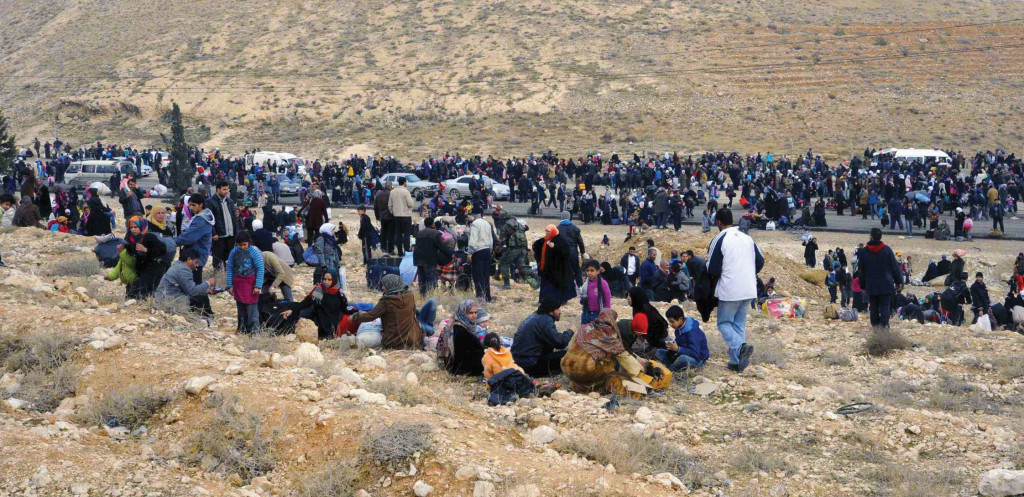
Syrian residents flee their homes following recent clashes between opposition fighters and forces loyal to Syrian President Bashar Assad (CNS photo).
Pope Francis gave a profound reflection on the history of salvation in his homily at Mass on Friday morning, May 2.
The homily included, once again, a mention of the devil as an enemy to be recognized and fought against.
And, dramatically, the homily revealed that Francis himself wept bitter tears three days earlier, on April 30, when he saw reports on the news about how a group of radical Islamic rebels in Syria had executed two men by crucifixion for allegedly fighting against Muslims.
(Five others were also executed by these rebels, who are members of a group calling itself the “Islamic State of Iraq and the Levant” — an armed Muslim group so radical it has been disavowed even by Al Qaeda.)
The two men were crucified in public with men and children watching. A banner wrapped around one of the executed men read: “This man fought against Muslims and threw a grenade in this place.” The Islamist group said it held the men responsible for a grenade attack on its fighters earlier this month in the Euphrates Valley city of Raqa.
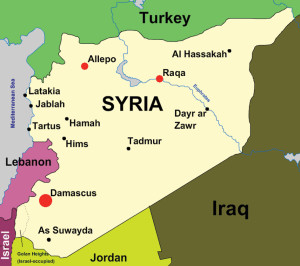
In the map of Syria above, Raqa is in the upper middle of the country, to the east of Aleppo and far to the north of Damascus.
The Britain-based Syrian Observatory for Human Rights posted a photograph of the two prisoners being crucified at a roundabout as passers-by looked on. Other web sites have posted additional photos of the executed men, showing their arms tied to crossbars with ropes, and with black cloth tied around their heads and over their eyes.
It is not clear whether the men were killed, then crucified, or were tied to the crosses and left to die. [Note: We will not publish any of those photos here, as they are profoundly disturbing.]
According to Agence France Presse, the radical jihadist group responsible controls only the area in and near Raqa — the only provincial capital entirely outside of Syrian government control.
Pope Francis mentioned these two crucified men in his Friday morning homily, which drew upon the day’s readings: the Gospel of the multiplication of the loaves and fishes (Gospel of John 6:1-15), and the reading from the Acts of the Apostles in which Christ’s disciples are flogged on the order of the Sanhedrin (Acts of the Apostles 5:34-42).
Reflecting on this action of Jesus and on this persecution of the earliest Christians, Pope Francis proposed “three icons,” three images, three aspects of the scriptural passages worthy of our contemplation, as a way to understand the breadth and depth of salvation history.
(1) Love: Jesus’ love for the people, whom he sees as without a shepherd;
(2) Jealousy: The jealousy and hypocrisy of the religious authorities of Jesus’ time, who see how Jesus draws close to the people and cares for them; they go so far as to spread lies about his resurrection, to cover up the truth;
(3) Joy: The joy of witness, the joy of the Christian martyrs, of bearing testimony to the Risen Christ, and to all that he has said and done, in his efforts to save mankind and overcome the effects of sin.
“He was strong in the gaze”
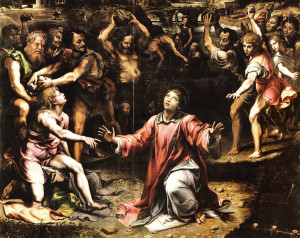
The Stoning of St. Stephen by Giulio Romano. Stephen was the first martyr for Christ, a joyful deacon and a powerful preacher.
In the Gospel, Francis said, John recounts that “a great crowd” followed Jesus “because they saw the signs which he did on those who were diseased, who were possessed.” However, they also followed him in order to listen to him, “because the people said of him: ‘This man speaks with authority!’ Not like the others, the doctors of the law, the Sadducees, all of these people who speak but without authority.” The latter “did not speak powerfully like Jesus… powerfully, not because Jesus cried out: he was strong in his meekness, in his love, he was strong in the gaze” with which he “looked upon the people with great love.”
For strength is love: this is Jesus’ authority and that is why “the people followed him,” the Pope said.
The Pope noted that the Gospel passage shows “how Jesus loves the people” and “thinks about the people’s hunger: ‘The people who are here are hungry; how are we going to feed them?”
Jesus “speaks, preaches, loves, accompanies, moves along with the people,” the Pope said. He is “meek and humble.”
In fact, “when the people, caught up in the enthusiasm of seeing a person so good, who speaks with authority and loves them so much, wanted to make him king, he stops them. And he tells them: no, not this! And he goes away.” In this way, Jesus truly helped the people.
Speaking about the first “icon,” Francis said the Lord is not concerned with quantity, but with quality, with interpersonal contact, with individual souls, not with groups or crowds — with exchanging a look, with a direct gaze into another’s eyes. Jesus would “never even think of taking a census” to see if “the Church has grown,” Francis said. “No!” Rather, Francis said, Jesus “speaks, preaches, loves, accompanies, travels on the path with people, meek and humble.” Jesus speaks with authority, with “the power of love,” Francis said.
The Pope was suggesting that Church leaders should follow this example, that pastors should “shepherd” their flocks, not count their numbers; love and feed their people, as Christ loved and fed the crowds on the Mount of Beatitudes.
“They paid to silence the truth”
Pope Francis then discussed a reading taken from the Acts of the Apostles, which portrays the disciples in the throes of “problems with the Sanhedrin, when the Sadducees take them into custody after the healing of a sick person.”
After the healing, “the high priest with his supporters, i.e., the sect of the Sadducees, who were full of jealousy, captured the Apostles and threw them into the public prison.”
However, the Pope added, “we know that the Angel enabled the Apostles to escape from prison” and immediately they went to teach in the temple. The reaction of the high priest and his party at this point is to bring the Apostles before the Sanhedrin.
The Pope then said: “I would like to reflect a little on this phrase: full of jealousy. They were full of jealousy because ‘they could not tolerate the people following Jesus. They could not abide it,’ and that is why ‘they were jealous.’”
It is an ugly attitude, the Pope said: for one passes from jealously to envy.
And yet, he continued, “these people knew well who Jesus was, they knew,” because “they were the same people who had paid the guards to say that the Apostles had stolen the body of Jesus. They paid to silence the truth.”
And “when we pay to hide the truth, we are involved in great evil.”
The people also knew who these people were and they did not follow them. Rather, “they tolerated them because they had authority: authority over worship, authority over the ecclesiastical discipline at the time, authority over the people.”
“The people followed Jesus,” who said clearly to those in power that they were “laying oppressive burdens on the faithful.”
The powerful do not tolerate Jesus’ meekness, they do not tolerate the meekness of the Gospel, they do not tolerate love and they ultimately pay [to silence the truth] out of envy, out of hate, the Pope said.
So the second icon, the Pope said, is the “jealousy” of the religious authorities of the time: “They couldn’t stand the fact that people followed Jesus! They couldn’t stand it! They were jealous. This is a really bad attitude to have,” Francis said.
We ought to compare these two icons, the Pope remarked. The icon of Jesus who felt compassion for the people; for as the Gospel says, he looked upon the people “as sheep without a shepherd”; and the icon of “these others with their political maneuvering, with their ecclesiastical maneuvering to dominate the people.”
“We know that the father of envy is the devil,” he continued. “It was through his envy that evil came into the world. These people knew who Jesus was: they knew! These people were the same who had paid the guard to say that the disciples had stolen Christ’s body! They had paid to silence the truth. People can be really evil sometimes!”
So Francis was emphasizing that the opponents of Christ, the Temple priests, even after Christ’s resurrection — even after they knew he was no ordinary man, but had risen from the dead — had “paid to silence the truth,” that is, had paid the tomb guard to lie and tell the false story that the disciples had come and stolen the corpse of Christ from the tomb so that they could “claim” he had risen.
During the gathering of the Sanhedrin, Francis noted, there was a “wise man,” Gamaliel, who asked the religious leaders to free the Apostles.
Thus, for the Pope, there are these first two icons: Jesus who is moved to see people “without a shepherd,” and the jealous, hypocritical religious authorities, who usurp the role of shepherds, not truly loving and liberating their people.
Then Pope Francis confessed: “I wept when I saw reports on the news of Christians crucified in a certain country that is not Christian.”
In these very personal words, Francis made clear how sensitive he is — to the point of tears — to the sufferings of those who are brutalized and maltreated and killed in every nation.
“Still today,” he continued, “there are these people who kill and persecute in the name of God.” But also, he said, “still today, we see many who, like the Apostles, rejoice that they have been counted worthy to suffer dishonor in Christ’s name.”
And this, he said, “is the third icon today — the joy of witness.” It is the icon of Christians who say: “We have borne witness to Jesus, we rejoice that we have been counted worthy to suffer dishonor at the name of Jesus.”
The Pope concluded:
“First icon: Jesus with people, his love, the path that he has taught us, which we should follow.
“Second icon: the hypocrisy of these religious leaders of the people, who had imprisoned people through these many commandments, through this cold, hard legality, and who also paid to hide the truth.
“Third icon: the joy of the Christian martyrs, the joy of so many of our brothers and sisters who have felt this joy in history, this joy that they were counted worthy to suffer dishonor for Christ’s name.
“And today there are still so many! Just think that in some countries, you can go to jail for just carrying a Gospel. You may not wear a crucifix or you will be fined. But the heart rejoices.
“Three icons: let us look at them today. This is part of our history of salvation.”

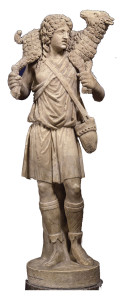
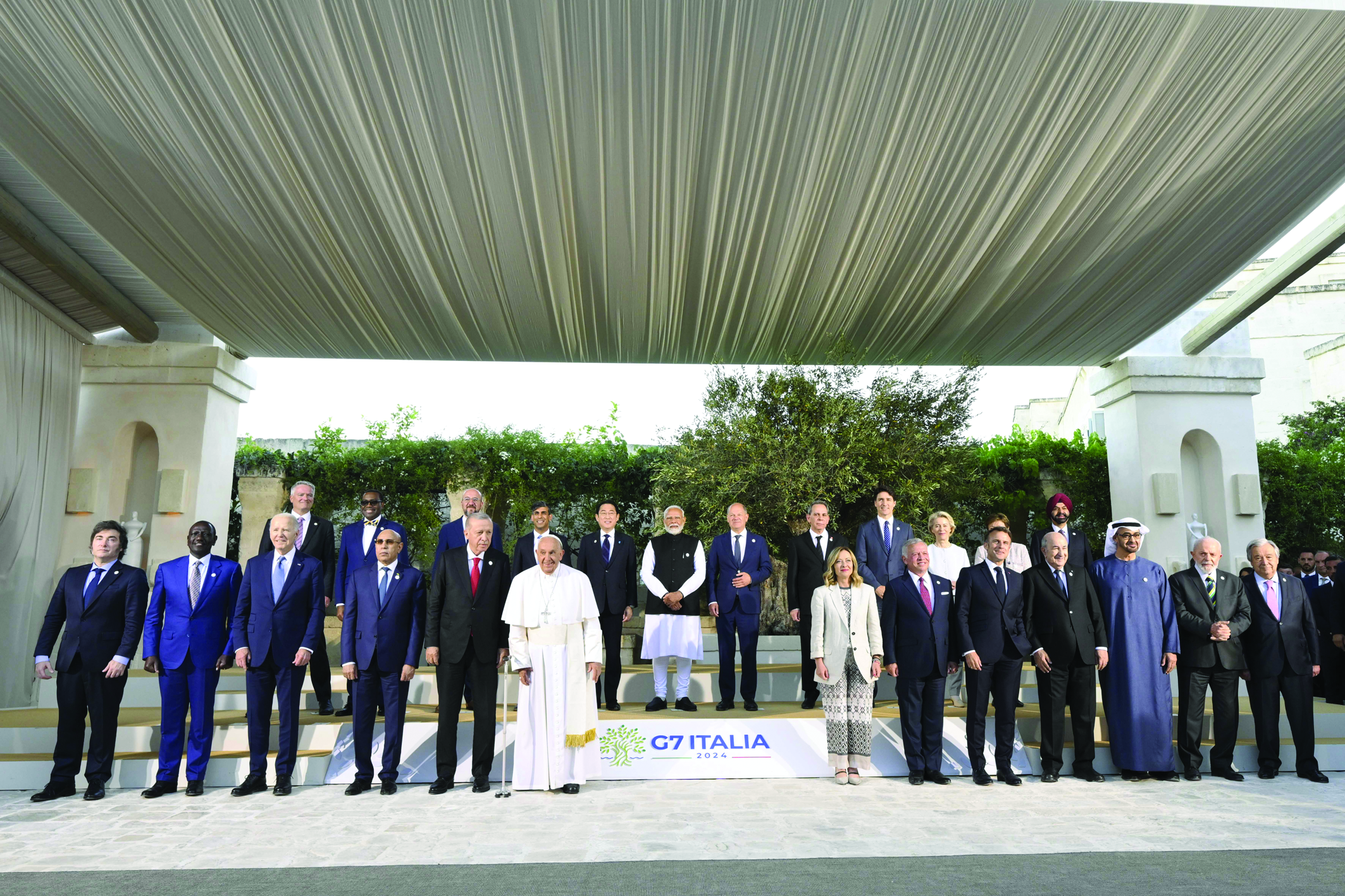
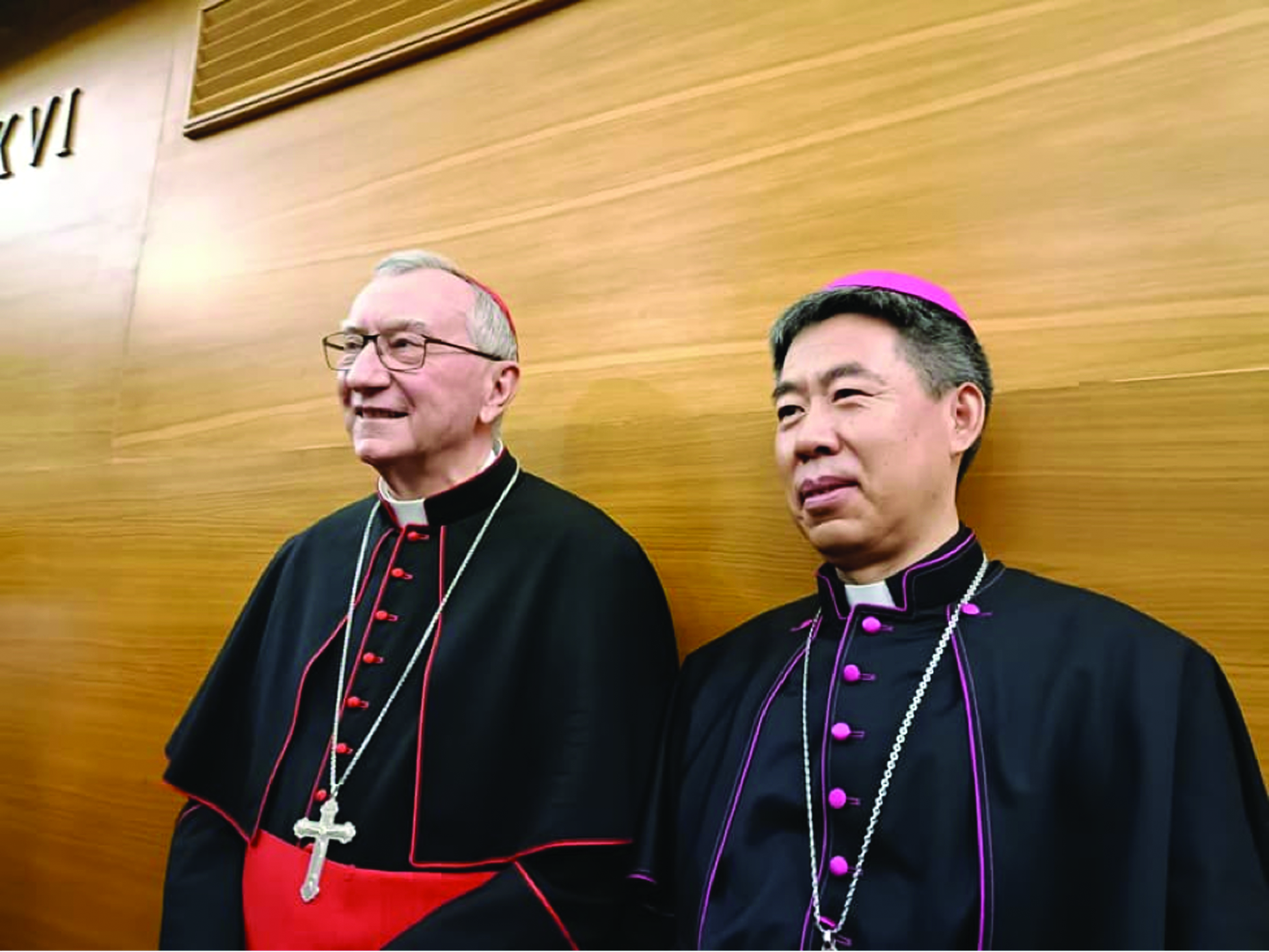
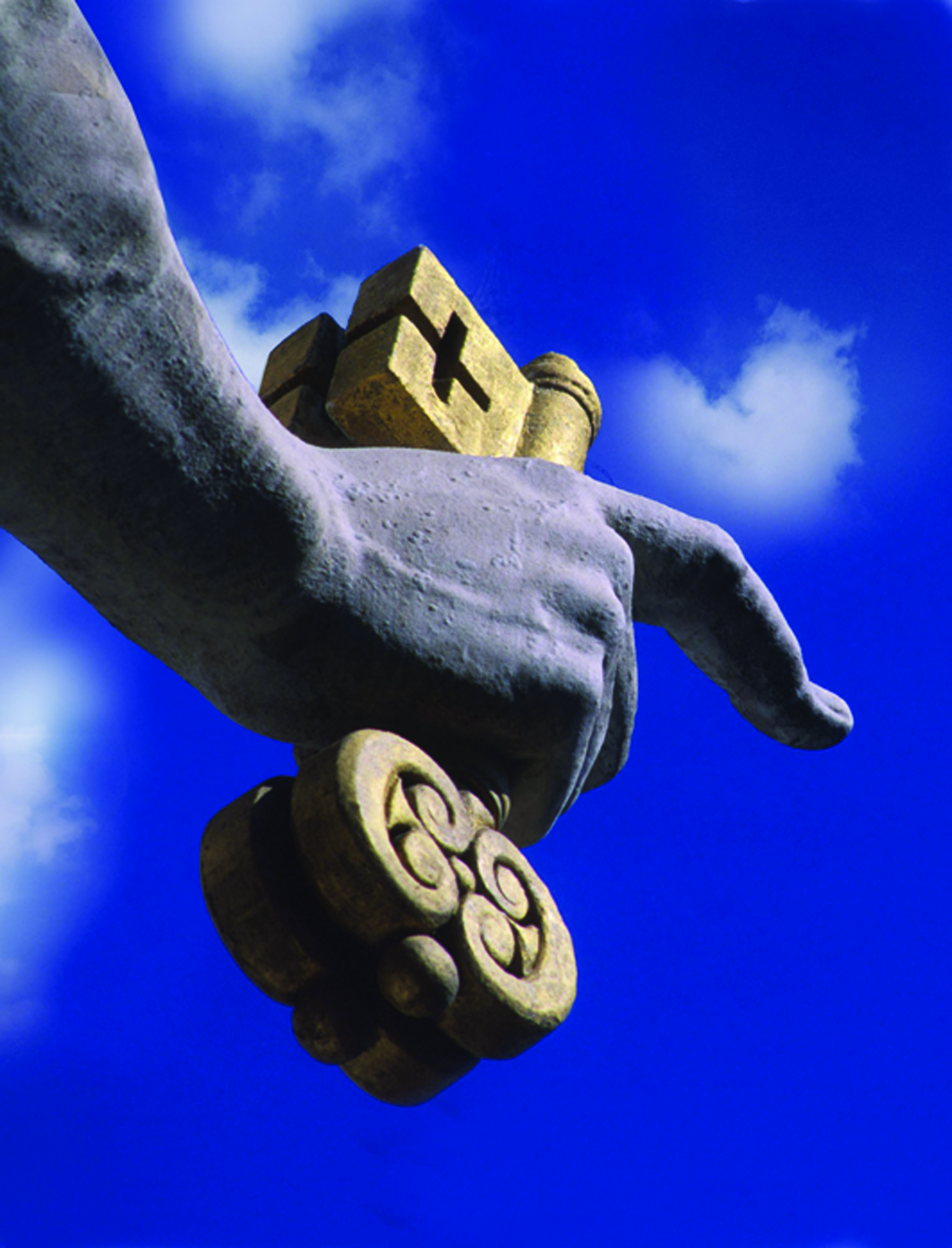

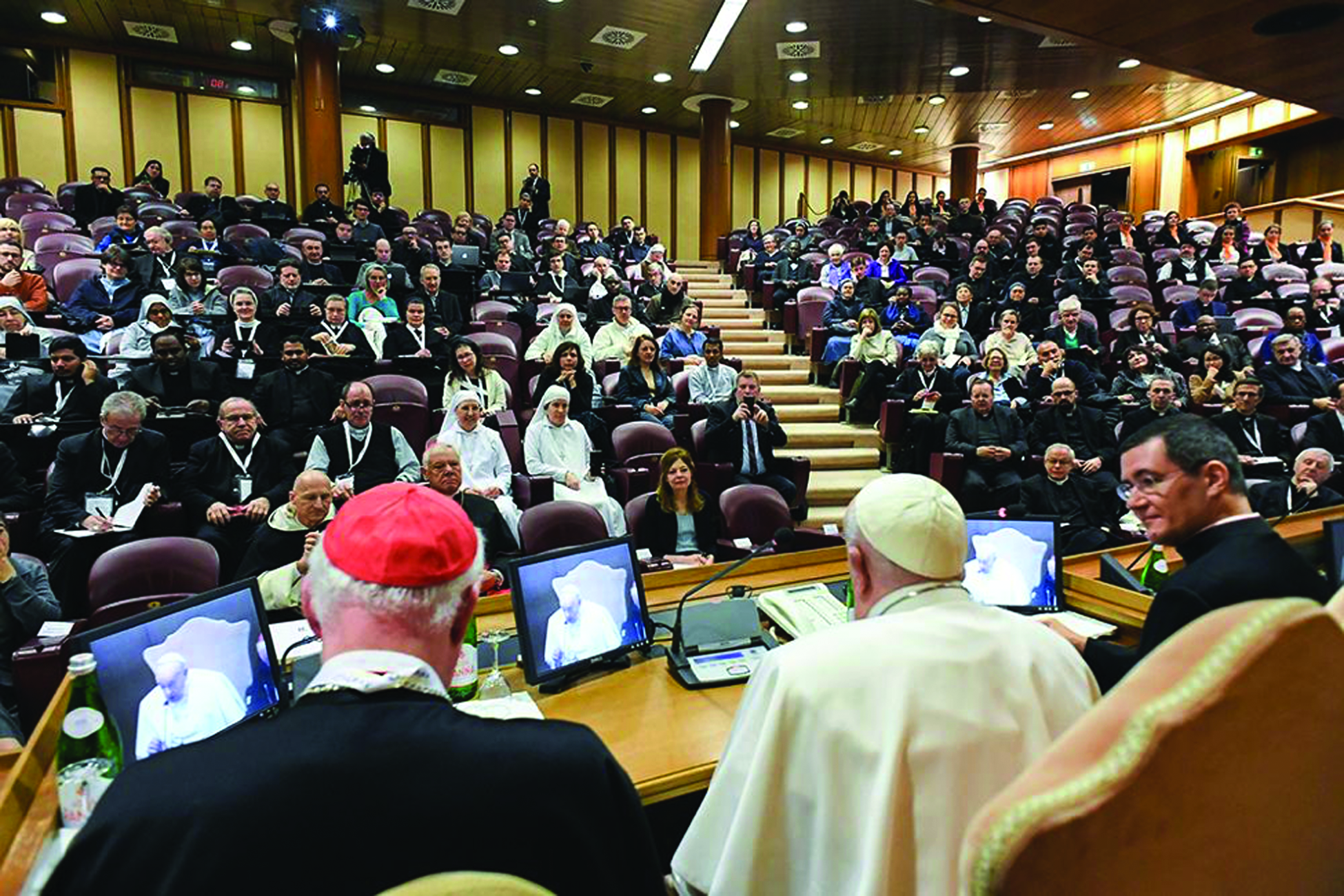
Facebook Comments